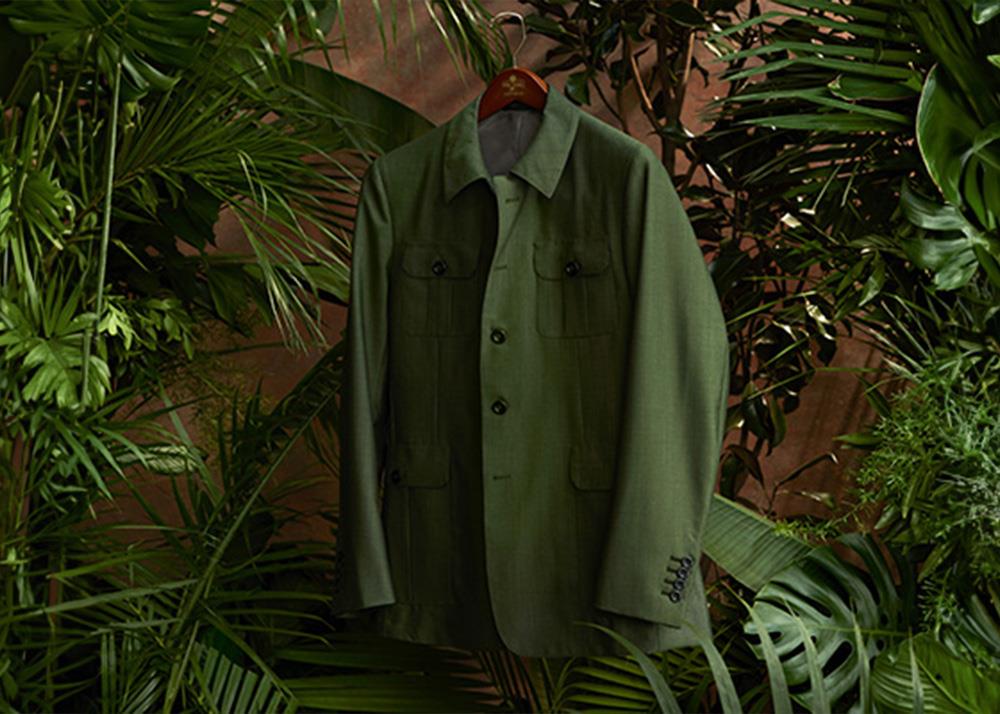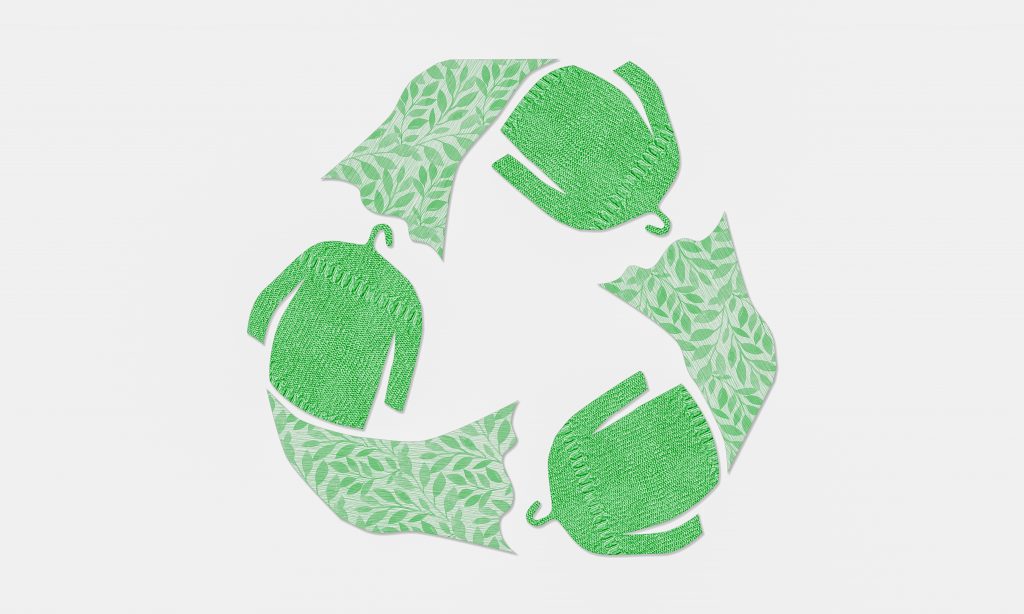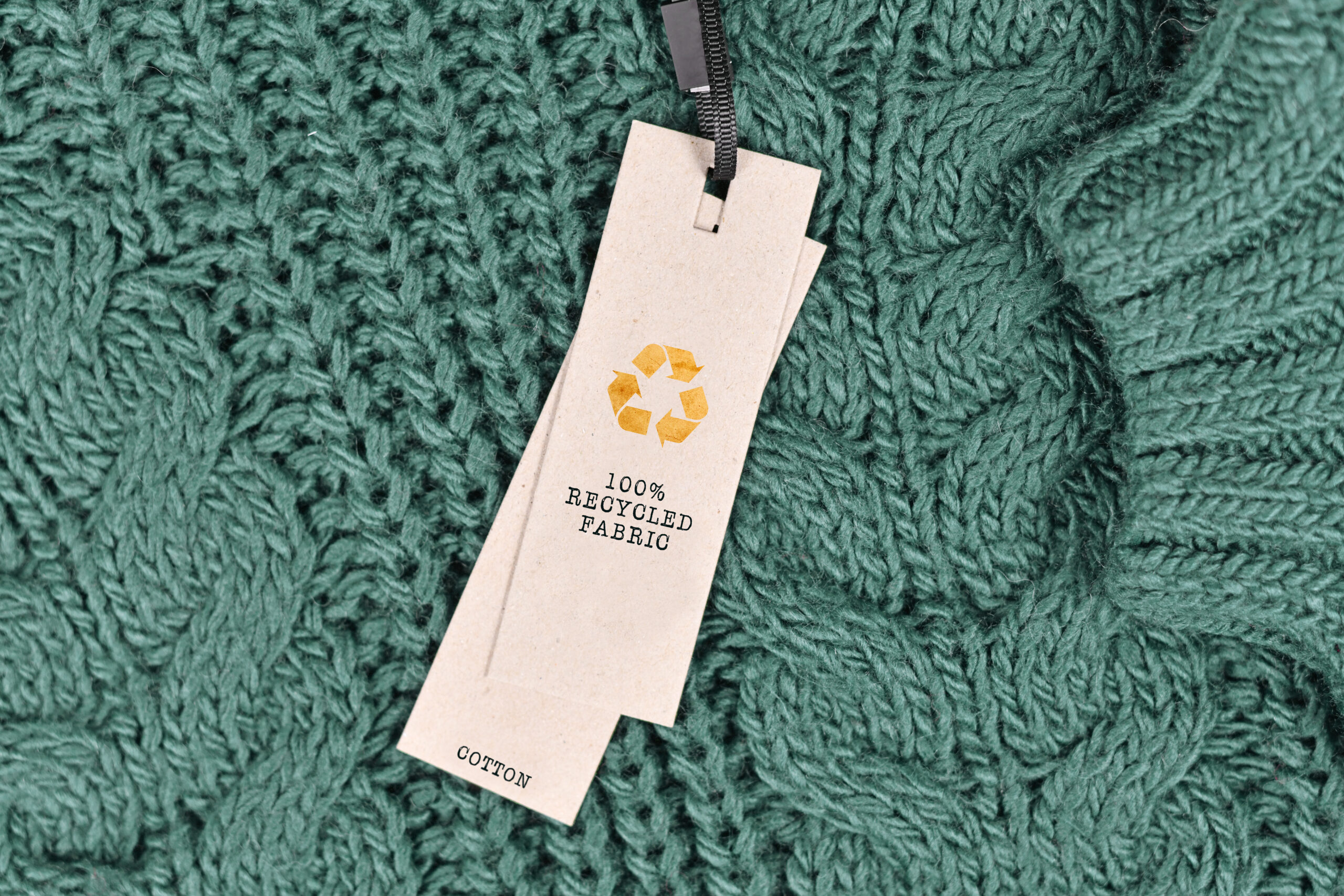Remain Ahead of the Contour by Exploring Innovative Style Fads
In an industry as vibrant as fashion, remaining ahead entails more than simply following present trends-- it requires an exploration of development. The merging of innovation and style advertises a new age of customer interaction.

Embracing Smart Textiles
In the last few years, the fashion sector has seen a transformative change with the assimilation of wise textiles, a sophisticated development that blends innovation with textile. This evolution represents not just a blend of aesthetics and performance yet additionally a significant leap in the direction of sustainability and customization in vogue. Smart textiles, additionally recognized as e-textiles, embed advanced electronics such as sensors and conductive threads within the textile, enabling garments to communicate with the environment or the user.
These fabrics are made to check physical specifications, such as heart price or body temperature level, offering real-time health and wellness analytics. Beyond health applications, smart fabrics are additionally being made use of for flexible garments, which can alter color or pattern in response to environmental stimulations, therefore providing a vibrant style experience.
In addition, the advancement of energy-harvesting textiles that generate power from activity or sunlight is paving the way for self-sufficient wearable modern technology. This technology is attracting environmentally aware customers and designers intending to decrease the environmental footprint of fashion. As r & d in this area breakthrough, wise fabrics are expected to come to be increasingly widespread, reshaping the landscape of modern-day fashion with their multifunctional capabilities.
The Increase of 3D Printing
Reinventing the production landscape, 3D printing has become a game-changer in the fashion business. This innovative technology has actually enabled developers to push the limits of creative thinking, creating detailed and personalized garments that were formerly unthinkable. By leveraging electronic design and additive production, 3D printing facilitates the development of complex geometries and patterns, enabling developers to experiment with brand-new appearances and frameworks.
A notable benefit of 3D printing in vogue is its capability to generate on-demand, minimizing waste and decreasing supply needs. This efficiency not just maximizes production processes however additionally permits quick prototyping, enabling designers to bring their visions to life in a shorter duration. In addition, 3D printing supports personalization somewhat unparalleled by typical methods, providing tailored fits and unique styles tailored to private consumer preferences.
The increase of 3D printing has likewise equalized fashion, making it easily accessible to arising designers that can now fabricate high-grade items without significant financial investment in traditional manufacturing facilities. As innovation proceeds to breakthrough, the apparel industry is positioned to harness the complete possibility of 3D printing, discovering new materials and methods that will most certainly redefine exactly how fashion is developed and produced.
Lasting Fashion Innovations
As the fashion industry grapples with the pushing demand for environmental obligation, sustainable style technologies have actually emerged at the forefront of transformative adjustment. The expanding understanding of environmental impact has actually sustained a shift towards even more eco-conscious methods and materials. Designers and brand names are currently focusing on sustainability, incorporating approaches that decrease waste and minimize carbon impacts.
One considerable development is the surge of round fashion, which stresses recycling and upcycling to extend the lifecycle of garments. This strategy not only decreases waste but additionally encourages customers to embrace an extra mindful approach to apparel usage. Additionally, making use of sustainable products, such as organic cotton, hemp, and recycled polyester, has actually gained grip. These materials need less water and power throughout production, considerably lessening ecological impact.
An additional development exists in the adoption of ingenious dyeing strategies that utilize waterless procedures or natural dyes, therefore minimizing the vast quantities of water and chemicals generally utilized in fabric dyeing. In addition, developments in biotechnology have actually led to the development of lab-grown natural leather and textiles, offering cruelty-free and eco-friendly choices to conventional materials. With these pioneering initiatives, the garment industry is making purposeful strides in the direction of an extra lasting future.

Tech-Integrated Apparel
Tech-integrated garments stands for a cutting-edge blend of fashion and technology, improving exactly how individuals interact with their apparel. This ingenious domain is marked by the incorporation of wise textiles and ingrained digital parts, improving both functionality and visual charm. From physical fitness trackers embedded in sports apparel to heated coats managed via smart device apps, tech-integrated garments provides consumers extraordinary benefit and flexibility.
Introducing brand names are driving this pattern, focusing on developing garments that react to ecological stimulations or individual commands. For circumstances, some garments can alter color or pattern in reaction to temperature shifts, while others incorporate biometric sensors to monitor health metrics like heart price or stress and anxiety degrees. The seamless integration of technology into textiles likewise encompasses ecological sustainability, with efforts to create self-cleaning materials or garments that adapt to weather conditions, therefore lessening the demand for several layers.
Moreover, the development of wearable technology is not just limited to clothing but encompasses devices like watches and eyeglasses, more expanding the range of tech-integrated style. As the market continues to introduce, the capacity for customization and customization in clothing grows, supplying consumers unique, tech-enhanced style experiences that accommodate their individual demands and choices.
Future of Virtual Fashion
Over the visit last few years, the future of digital fashion has actually become a transformative pressure within the market, leveraging advancements in electronic innovation to redefine just how style is produced, experienced, and eaten. By integrating increased reality (AR), digital truth (VR), and 3D layout tools, designers can currently craft interactive and immersive experiences that go beyond standard style boundaries. Digital fashion enables the production of garments that exist exclusively in digital atmospheres, supplying unlimited opportunities for development without the constraints of physical manufacturing.
This digital shift not just view presents possibilities for creative expression however additionally addresses sustainability concerns fundamental in typical style practices. Cape Town Sustainable Fashion. By getting rid of the requirement for physical sources, virtual fashion decreases waste and lessens carbon impacts. In addition, the increase of digital style aligns with the enhancing consumer demand for one-of-a-kind and personalized experiences, as virtual garments can be customized and customized to specific preferences easily

Conclusion
The garment industry's future lies in the combination of lasting practices and cutting-edge technologies - Cape Town Sustainable Fashion. Smart fabrics and tech-integrated apparel are improving capability, while 3D printing uses opportunities for modification and waste decrease. Lasting style, through environment-friendly products and circular methods, demonstrates a commitment to ecological stewardship. Furthermore, online fashion is positioned to redefine consumer communications. Adapting to these fads is crucial for brand names seeking to continue to be affordable and relevant in this rapidly progressing landscape.
In current years, the fashion industry has actually observed a transformative change with the assimilation of wise fabrics, an advanced advancement that mixes technology with material.As the fashion industry grapples with the pressing need for ecological obligation, sustainable style technologies have my latest blog post arised at the forefront of transformative adjustment.In current years, the future of online style has emerged as a transformative force within the market, leveraging advancements in electronic technology to redefine exactly how style is produced, experienced, and eaten. The rise of digital style straightens with the boosting consumer demand for individualized and unique experiences, as virtual garments can be customized and tailored to specific preferences with simplicity.
The fashion sector's future lies in the assimilation of sustainable methods and ingenious innovations.